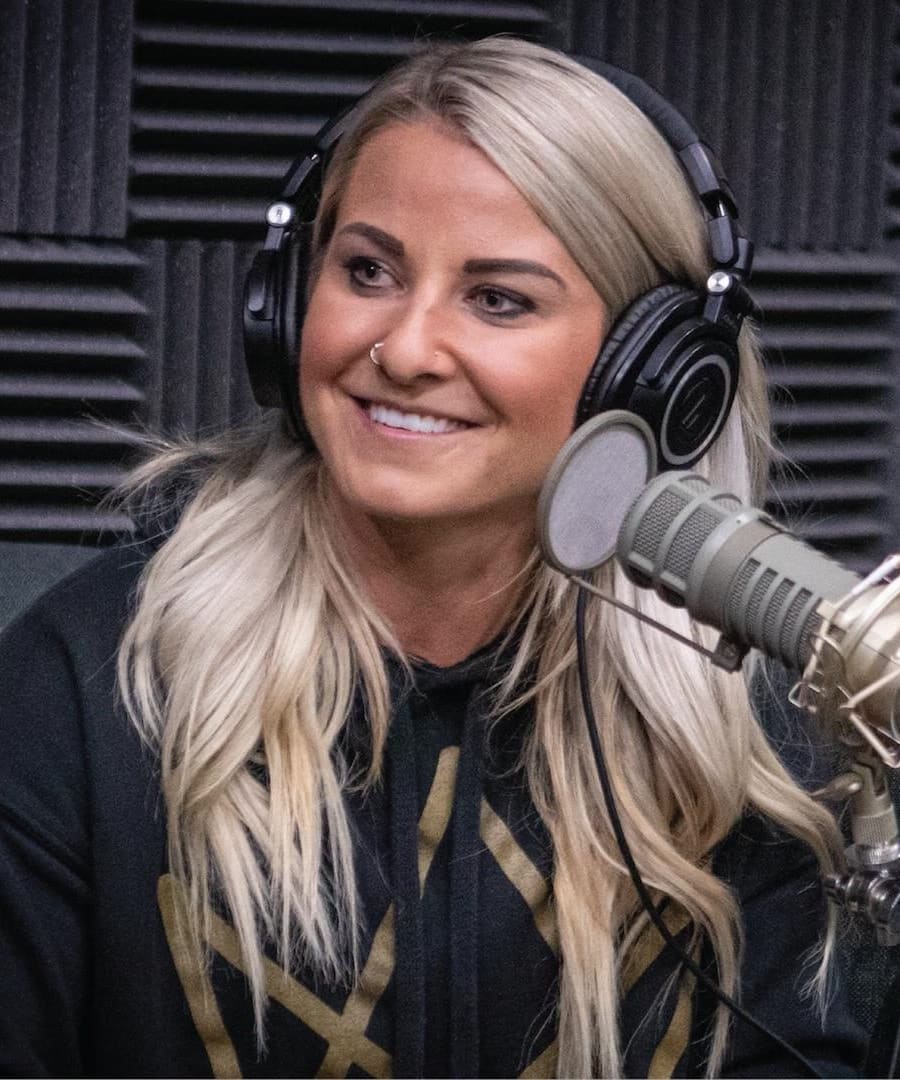Body image culture
Sources:
Body image culture is intricately linked with diet culture, fashion influences, and societal standards. Experts discuss how these elements create and perpetuate harmful norms and ideals about how bodies should look.
Key Insights:
-
Historical and Cultural Influences:
- The concept of the "ideal body" has varied across decades. For example, the 1920s saw the rise of fad diets and bathroom scales, reflecting the period's fixation on a "rectangle woman" physique 1.
- Cultural and media representations, like Barbie dolls and superhero figures, have continuously pressured both men and women to conform to specific body shapes and sizes 2 3.
-
Diet Culture:
- Diet culture promotes the idea that thinness is superior, often disguised as health and wellness. It reinforces the notion that our worth is tied to physical appearance, which can lead to body dysmorphia and disordered eating 4 5 6.
- The industry's profit-driven motives exacerbate insecurities and perpetuate rigid beauty standards, impacting mental health significantly 4.
-
Modern Body Image Pressures:
- Celebrities and social media magnify body image pressures, exemplified by trends like the Brazilian butt lift and the recent focus on thinness 1. This creates a volatile environment where body trends can rapidly influence public perception and self-esteem.
-
Body Positivity and Acceptance:
- The body positivity movement aims to challenge these negative norms by promoting acceptance of all body types. However, there's a need to separate body image from self-image. True self-worth isn't defined by physical appearance but by one's actions, intelligence, and relationships 7 8.
- Experts recommend focusing on living a healthy life that aligns with personal goals and values rather than conforming to external pressures 7.
Understanding these aspects helps in recognizing and challenging the harmful norms that diet and body image cultures impose, fostering a healthier relationship with one's body.
RELATED QUESTIONS-
